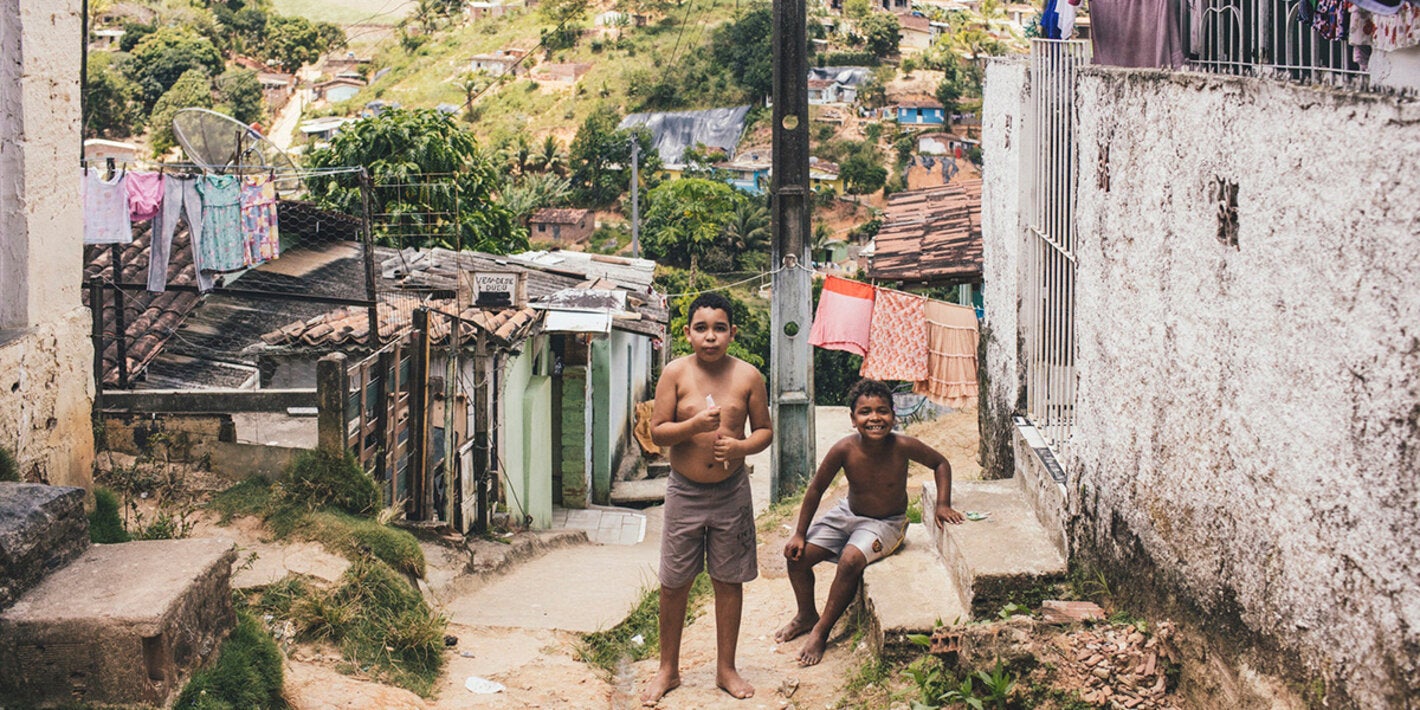
They affect primarily people living in extreme poverty and other situations of vulnerability, especially women and children
Washington, D.C., 6 October 2016 (PAHO/WHO) - The new publication Infectious Neglected Diseases: Success Stories and Innovation to Reach the Neediest presents best practices in the countries of the Americas aimed at controlling and eliminating 11 diseases that affect primarily people living in extreme poverty, indigenous groups, rural communities, and marginal urban areas of major cities.
Published by the Pan American Health Organization/World Health Organization (PAHO/WHO), the book describes effective efforts to eliminate transmission of diseases including onchocerciasis (river blindness), lymphatic filariasis, Chagas disease, and trachoma. "The initiatives collected in this document serve as examples for other regions," noted Marcos Espinal, director of PAHO/WHO's Communicable Diseases and Health Analysis department.
The 11 diseases are considered "neglected" because they are associated with poverty and marginalization and because they historically have not received sufficient attention from governments. If the diseases are not detected and treated in time, they can have irreversible effects on those infected. Some can cause long-term disabilities that affect people's employment prospects, thereby perpetuating the cycle of poverty.
According to the publication, more than 33,000 new cases of leprosy and over 51,000 cases of cutaneous leishmaniasis are reported in the Americas each year. In addition, 70 million people in the region are at risk of Chagas disease, 25 million suffer from schistosomiasis, and 12.6 million suffer from lymphatic filariasis.
Poverty and other social factors are the main determinants of neglected infectious diseases. Poor-quality housing, for example, makes it easier for mosquitoes and other insect vectors to enter people's homes and transmit diseases such as malaria, Chagas and leishmaniasis. Lack of safe water and sanitation facilitates the spread of parasitic diseases such as schistosomiasis and fascioliasis.
To control and eventually eliminate these diseases in the Americas, PAHO/WHO promotes and supports strategies including the mass distribution of antiparasitics and other medicines, integrated vector control, and health education in communities.
PAHO has facilitated countries' access to donated medicines for the control or elimination of eight neglected infectious diseases through WHO, other partners, and the pharmaceutical industry.
Success stories
- Haiti carried out a project to eliminate lymphatic filariasis (also known as elephantitis, as it causes enlargement of the legs). A central focus of its strategy has been the distribution of preventive medicine in schools, churches and other meeting places.
- The countries of Central America have set an example with their efforts to halt transmission of Chagas disease, using an integrated strategy combining the use of insecticides in homes with vector-control measures and efforts to improve hygiene.
- Brazil has implemented an innovative strategy that addresses three neglected diseases simultaneously in more than 800 municipalities with populations living in poverty. The strategy uses mass administration of preventive medicines for trachoma and geohelminths and identifies individual cases of leprosy in schools and groups living in vulnerable conditions.



